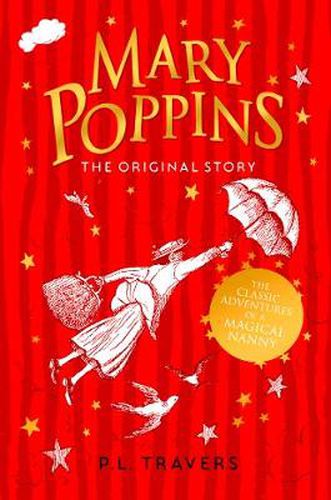Mary Poppins by P.L. Travers
Like a lot of kids, my first experience of Mary Poppins was of the spit-spot, spoonful-of-sugar,supercalifragilisticexpialidocious variety. I watched the Disney musical religiously, and was infatuated (and impressionable!) enough to write my own letter to Mary Poppins and deposit it in the fireplace. I didn’t discover the ‘real’ Mary Poppins until I was in my teens, which meant that I was the perfect age to really appreciate the vain, snarky, half-wild creature she is in her literary incarnation.
P.L. Travers’ Mary Poppins is a wonderful contradiction – her severe appearance (shiny black hair, thin with large feet and peering blue eyes) and terse responses belie the magic that she has running through her veins. She’s stroppy and obstinate, whether she’s bobbing about on the ceiling taking tea or feeding the birds at St Paul’s Cathedral, and yes she might be able tospeak to animals, but she usually only employs it to give them a dressing down. Each chapter in Mary Poppins is a self-contained adventure, and while some are familiar from the film, the book includes stories that are a bit more fey, a bit less pretty. There’s Mrs Corrie who snaps off her barley-sugar fingers for treats, a nocturnal zoo where the humans are caged for the animal’s enjoyment, and a shopping trip with a fallen star (Maia, the second of the Pleides). The stories are illustrated by Mary Shepard, the daughter of Winnie-the-Pooh illustrator E. H. Shepard,and they have a similarly endearing 1930s nostalgia to them. Shepard’s Mary Poppins is based on a wooden peg doll that P.L. Travers used to play with during her childhood in Queensland: straight up and down without an ounce of softness. No nonsense. Much like Mary Poppins herself.



